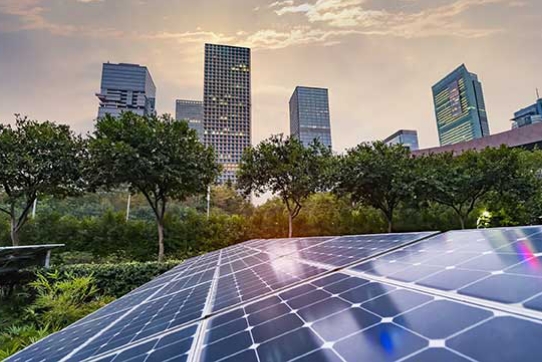
Switching to renewable energy involves several steps and considerations, whether you’re an individual,
a business, or a community. Here are some key steps to guide you through the process:









For Individuals
Assess Your Energy Usage:
Start by understanding how much energy you consume. Review your electricity bills to get an idea of your average usage.
Energy Efficiency First:
Before switching to renewables, reduce your energy consumption by improving energy efficiency in your home. This can include upgrading to LED lighting, using energy-efficient appliances, and improving insulation.
Explore Renewable Energy Options:
Solar Power: Install solar panels on your roof or property.
Wind Power: Consider small wind turbines if you have sufficient space and wind resources.
Community Solar: If installing panels isn’t feasible, look into community solar projects where you can buy or lease a share of a larger solar installation.
Consult with Professionals:
Get quotes and consultations from certified renewable energy installers to understand the costs, benefits, and logistics.
Financing and Incentives:
Research available incentives, rebates, and financing options. Many governments offer tax credits or rebates for renewable energy installations.
Installation:
Hire a reputable company to install your renewable energy system. Ensure all permits and inspections are completed.
Monitor and Maintain:
Regularly monitor the performance of your system and keep up with any maintenance to ensure it runs efficiently.
For Businesses
Conduct an Energy Audit:
Assess your current energy consumption and identify areas for improvement.
Set Clear Goals:
Define what you want to achieve by switching to renewable energy, such as reducing carbon footprint, saving costs, or enhancing your brand’s sustainability.
Evaluate Renewable Energy Sources:
Explore different renewable energy sources that fit your business needs, including solar, wind, geothermal, or biomass.
Develop a Strategic Plan:
Create a comprehensive plan that includes timelines, budgets, and key milestones for switching to renewable energy.
Invest in Energy Efficiency:
Upgrade to energy-efficient systems and processes to reduce overall consumption before transitioning to renewable sources.
Explore Renewable Energy Certificates (RECs):
Purchase RECs if installing renewable energy systems is not feasible on your property. RECs certify that the electricity you use is offset by renewable energy production elsewhere.
Leverage Incentives and Financing:
Take advantage of government incentives, grants, and financing options available for businesses.
Implementation:
Work with experienced contractors and suppliers to install renewable energy systems.
Employee and Stakeholder Engagement:
Engage employees and stakeholders in the transition process through education and communication.
Monitor and Report:
Track the performance and benefits of your renewable energy systems and report on your sustainability goals.
For Communities
Community Assessment:
Conduct a thorough assessment of the community’s energy needs and resources.
Form a Task Force:
Establish a dedicated group to oversee the transition to renewable energy. This can include local government officials, business leaders, and community members.
Set Community Goals:
Define clear, achievable goals for the community’s renewable energy transition.
Identify Renewable Energy Resources:
Evaluate local renewable energy resources, such as solar, wind, geothermal, and biomass.
Develop a Community Energy Plan:
Create a strategic plan that outlines the steps to transition to renewable energy, including timelines, budgets, and funding sources.
Engage the Community:
Conduct outreach and education to build support and understanding within the community.
Implement Projects:
Start with pilot projects to demonstrate success and build momentum. This could include community solar farms, wind turbines, or energy efficiency programs.
Leverage Funding and Incentives:
Utilize available grants, loans, and incentives from governments and organizations.
Monitor and Adjust:
Continuously monitor the performance of renewable energy projects and make adjustments as needed.
Celebrate and Share Successes:
Publicize successful projects and share learnings with other communities to inspire broader adoption of renewable energy.
By following these steps, individuals, businesses, and communities can make a significant impact in reducing reliance on fossil fuels and transitioning to sustainable, renewable energy sources.

Leave a Reply